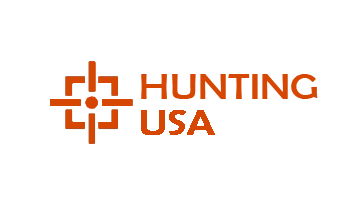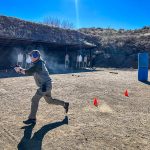A Weekend With John Farnam
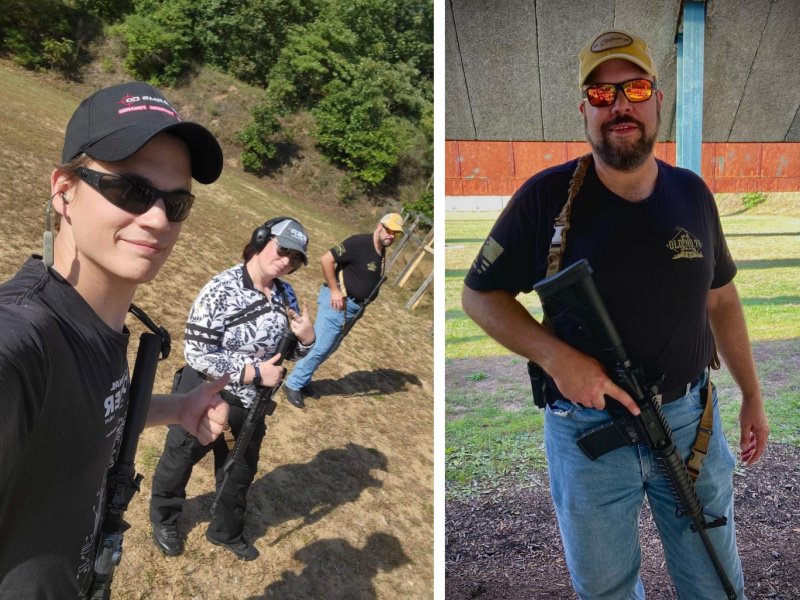
The teachings and philosophies of John Farnam have had a wide but, until recently, indirect impact on my own defensive training. The first indirect impact came when I read his book “The Farnam Method of Defensive Handgunning” in 2005. His book, along with other experiences, started my development from someone with a solid set of fundamental and mechanical firearms skills to someone who was training (and training others) for a defensive mindset and use.
The second major indirect impact was when I met my eventual firearms instruction partner, Tony Gregory. What started as just taking a few classes with Tony morphed into a long-term instructing relationship and eventually business partnership. This partnership has grown to the point where I am a co-owner of Tony’s training company, Tactical Training Associates (TTA). Tony was strongly influenced by John Farnam, having taken all his classes (sometimes multiple times). This in and of itself is not surprising as Tony has taken all the classes of almost every major name that was offering classes in the 1990s and 2000s. What was noteworthy was how prevalent John Farnam’s philosophies and techniques were now a part of Tony’s firearms instructional style.
Although I have been training and taking multi-day classes for decades, the addition of my wife’s interest means that most of my training experiences have been in the 2010s and often were with different instructors than Tony. Thus, when another TTA instructor asked if my wife (also a TTA instructor) and I would be interested in attending John Farnam’s Defensive Training International (DTI) two-day Defensive Urban Rifle class in the next state over, we emphatically said “Yes.” The class was at the ISRA outdoor range in Kankakee, Illinois over a Saturday and Sunday focusing on military autoloaders (all the students brought AR-15s) and was listed as needing 400 rounds of ammunition. We arrived the night before and received an invitation to join John for breakfast before the class.
The Range and Overall Structure
The range hosting the training was impressive with indoor classroom space and multiple well-maintained ranges. There was a little strife between the rules for carrying on the facility when not directly under instruction on a range (this was Illinois after all) and the expectations of the class. This would likely not be an issue in a more civilian-carry-supportive state.
The instructors included John Farnam, his wife Vicki, and two additional instructors. John has a very charismatic style and teaches through well-thought-out stories and examples. Within a few minutes of meeting him, I could even further see how his style had influenced my good friend Tony.
The additional instructors provided more eyes for the purposes of range safety and control. Additionally, they allowed more individualized coaching during the drills. This was generally a benefit, though occasionally their tailored instruction countered the overall instructions of a drill. Not a major issue but all three of us encountered the trap of listening to the instructions from John, starting the drill only to be told to do something different by another instructor, to then be asked by John what we were doing. This can be a common occurrence in courses with multiple instructors if not explicitly addressed in advance.
Day One
The course began with a history lesson on the AR-15 platform followed by a rundown of the basic functions and proper mounting techniques with our rifles as well as utilizing slings. We then proceeded to zero our rifle through a series of slower drills, safety checks, and reloads. This was followed by a series of drills starting with our hands off the rifle (slung) to mounting and engaging targets. We then did a magazine dump exercise to gain confidence in our ability to put many rounds on target as well as the rifle’s ability to run. This was followed by single and multiple shot drills at differing distances from guns ready to unready conditions.
Each drill was also incorporating additional components such as simple movements, shouted commands, and pre and post-shooting scanning of the environment. The last drill before lunch focused on starting turned away from a target, pivoting to engage, and then moving and scanning afterward.
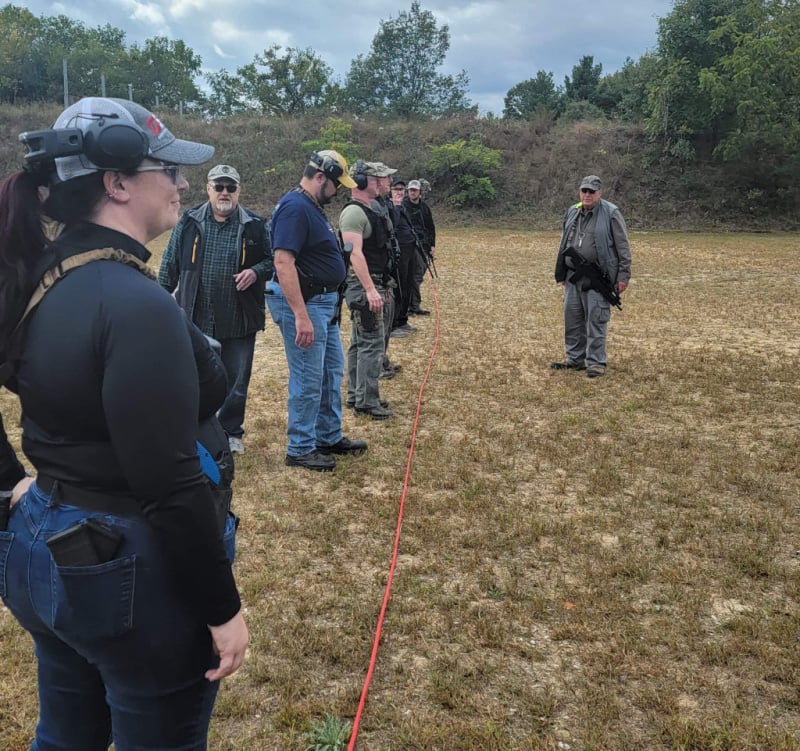
Lunch was back at the indoor multi-purpose room, and we continued to discuss defensive mindset as we ate. After lunch, we returned to combining all the previous drills into engagements at multiple ranges. At this point, all the drills were incorporating multiple magazines, and speed reloads as needed. We finished the day’s drills with a rifle exchange exercise where we passed our rifles down to the next person after shooting a few rounds. In this way we each shot every gun on the line to see the differences in the various guns and sights/optics. I felt a little bad for everyone else as I had brought a stock Smith & Wesson M&P-15 with iron sights while almost everyone else had brought much higher-end rifles with very cool optics. We finished with a few relevant stories from John and a summary of what we had covered.
Day Two
Our second day opened with a return to discussing being prepared in a turbulent world as well as re-zeroing our rifles. We conducted another combined drill focused on simple movements, target engagements, and post-shooting scans. The class then shifted to field stripping and breaking down our rifles for cleaning. We discussed the function of each component as well as what to look for to detect issues and wear.
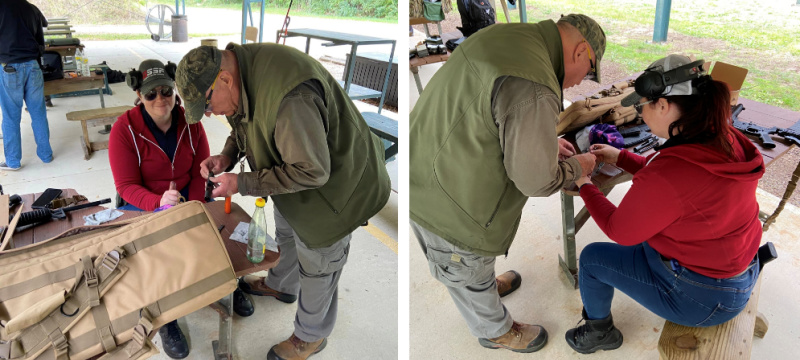
We then started doing drills involving more movement including one running down a line and then turning to engage a target. The morning concluded with a variety of hostage drills as well as failure-to-stop drills (transitioning from body hits to headshots).
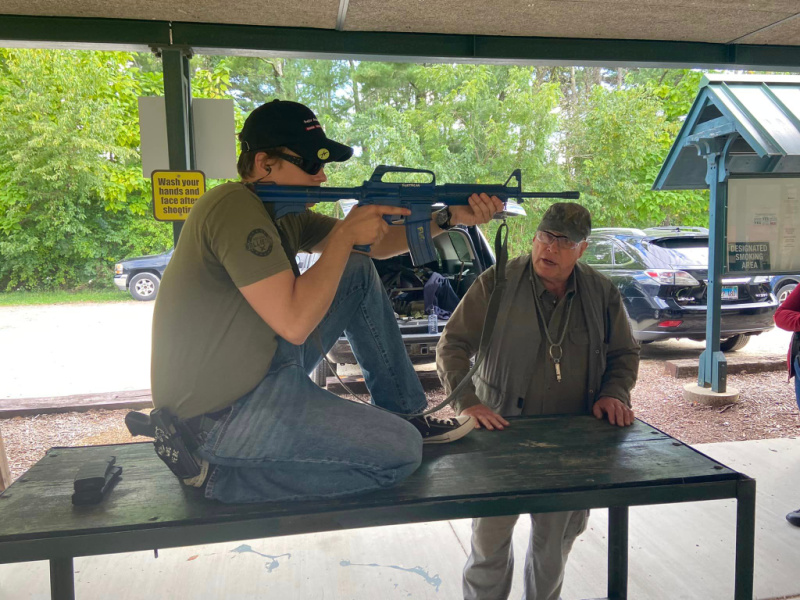
After lunch, we conducted a few more movement drills and then discussed the various other shooting stances for a rifle other than standing. The remainder of the time was spent practicing our final qualification drill (involving multiple movements, multiple target engagements at a medium distance, and post-engagement movement and scanning).
The qualification drill had to be performed under a certain time and with no rounds outside of the center chest area of the target. Thus, you needed to balance speed and accuracy, and not forget the required course of fire for the drill. A few students, including my wife, successfully completed this task their very first time. Many of us took a few tries to balance the time limit and accuracy requirements, and make sure to not forget one of the many steps. Those that took more than one try received coaching between the tests and everyone in the class had passed by the end of the afternoon. We ended the class with some final thoughts from John and the other instructors including the need to always be ready.
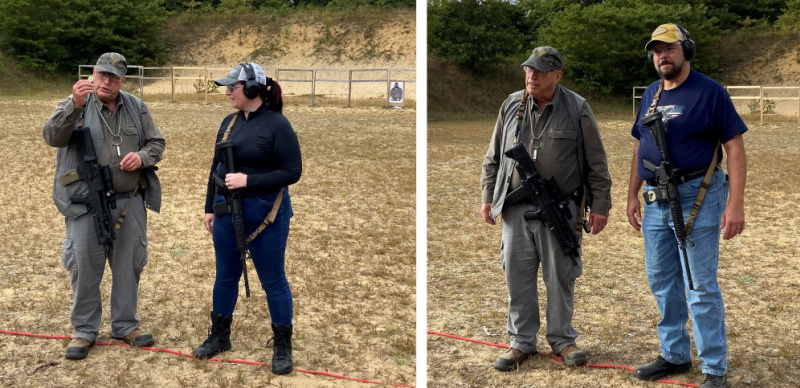
Summary
If you are looking for a two-day class that is almost all drills and shooting this is not the class for you. If you want a class that is an even mix of history, mindset, mechanical function, and defensive shooting techniques this class covers it all. John Farnam has a style of instruction that focuses on the why as well as the how and he found many opportunities to share his thoughts on a wide range of topics. These ranged from simple quips to engaging and purposeful stories.
This would be a great class if you are new to the AR-15 but it was also engaging enough for those that are more experienced with their rifles. All three of us thoroughly enjoyed the class and are looking forward to taking another class from John Farnam later this year.
Check out John’s classes offered throughout the United States at: https://defense-training.com/
